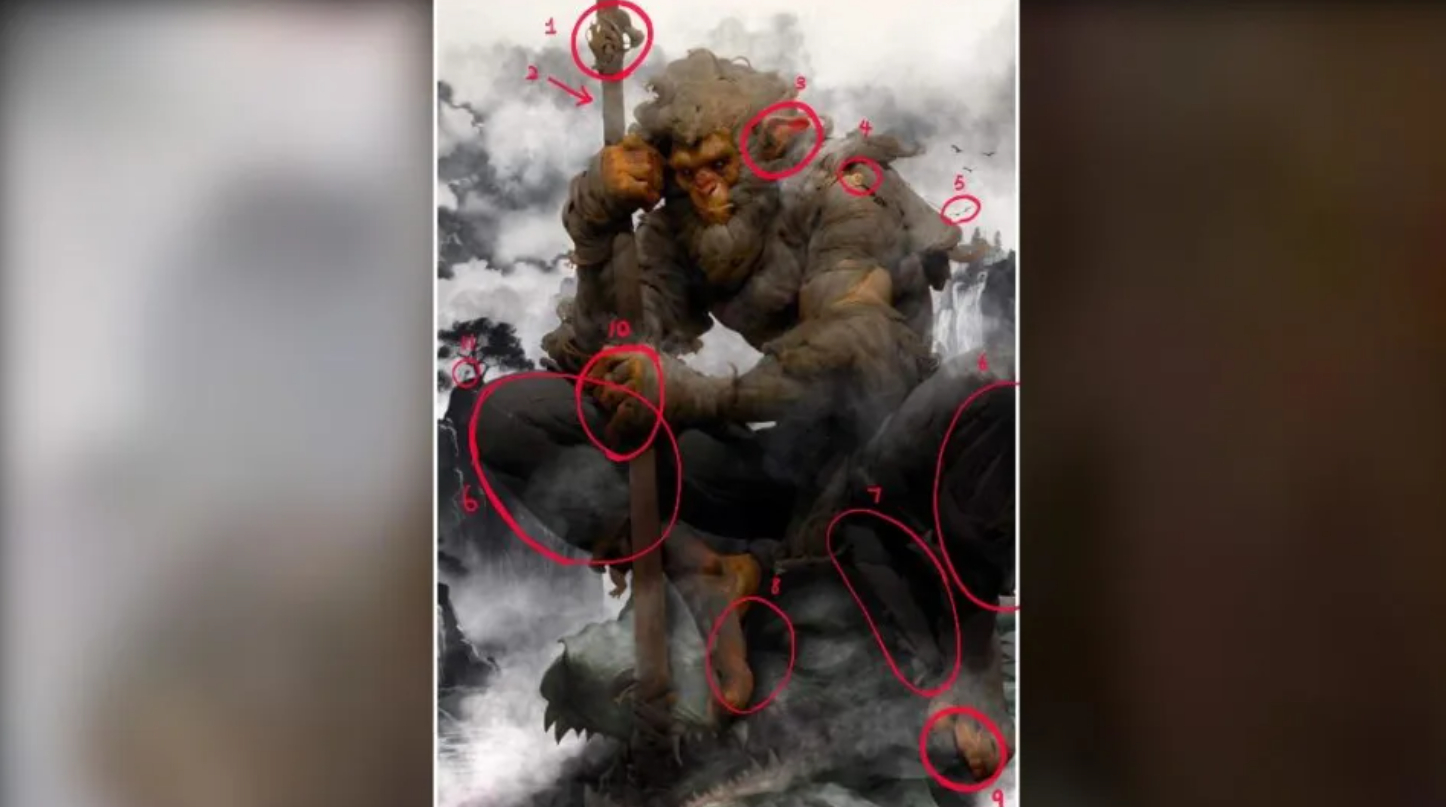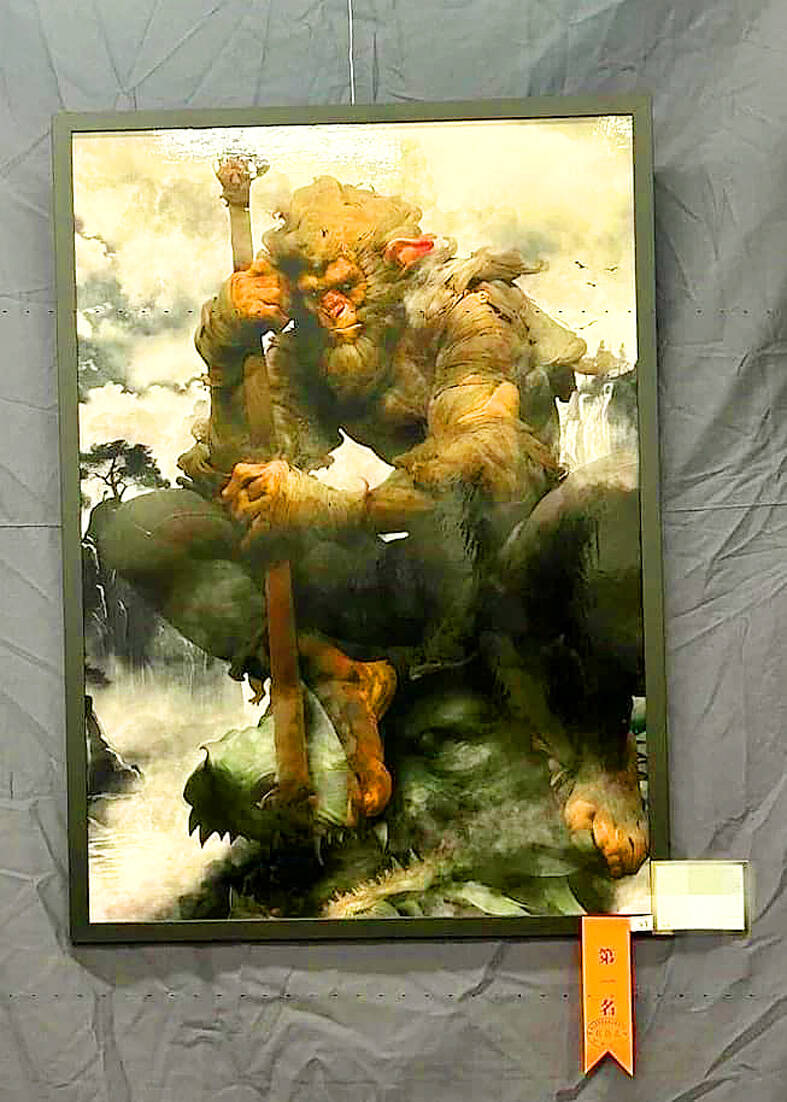
School kids have a knack for adopting the latest technologies to make their lives easier, often ahead of their teachers. And in the age of generative AI it seems that extends from using Chat GPT to write homework assignments to using AI art generators to win the school art competition.
A secondary school in Taiwan has withdrawn the top prize for digital art in its teacher-student art show after it was pointed out that the winning entry had been made with text-to-image generative AI. And the incident has sparked intense debate among education authorities and experts.

In hindsight, the telltale signs are fairly clear. The illustration of a Monkey King character has deformed hands and feet, strange textures in its hair and bandages and anatomically incorrect thigh muscles. Fairly typical traits of AI image generators. But the judges at Fu Hsin Trade and Arts School didn't realise until after the prize had been awarded and people started to raise concerns.
The private school in New Taipei is known for its commercial art program. It held the teacher-student art show from March 25 to April 2 to celebrate its 67th anniversary.
In the video above, the YouTuber Boss Kuma is particularly critical of the piece, and of the competition’s judges for failing to spot that it was AI-generated. “This is not just an AI-generated picture but one that has not even been touched up. I do not know what the creator of this submission went to three years of art school for. So pathetic,” he says.
In a Facebook post, the school said the student in question had admitted to misapplying AI. It said the student and his parents had apologised and that the prizes would be changed.
The story appears to be big news in Taiwan, making it to TV news broadcasts and According to the Taipei Times, the case has sparked quite a debate. The New Taipei City Department of Education has reportedly announced plans for new guidelines emphasising a need for schools to include experts on judging panels for art competitions.
Meanwhile, Tunghai University College of Fine Arts and Creative Design director Hsu Ho-chieh was reported as saying that art and design educators should acknowledge the rise of AI and change how they teach students as a result. The academic added that training in basic skills, aesthetics and innovation remain as important as ever because appropriate use of AI art generators requires users to be able to see and correct mistakes and to have an understanding of copyright issues.
National Chiayi University Department of Visual Art chair Hsieh Chih-chang said schools should accept AI art generators as a legitimate tool and not prevent students from using them but should teach how to use them correctly. He suggested that students should use AI as long as the resulting work is unique and distinctly theirs.
This is the latest in a series of high-profile cases of AI-generated images winning competitions without the judges realising. In September 2022, artists protested after a Midjourney-generated image won a fine art competition in Colorado. In that case, the judges decided to stick with their decision after the truth emerged.
However, the phenomenon has also led to cases where judges have been too quick to dismiss entries as AI. A Sydney print shop had to apologise after incorrectly disqualifying a real photograph from its competition because it thought the image looked like it was generated by AI. Hopefully, the use of Content Credentials will start to make it easier for judges to gain clarity on the provenance of submissions. They could also check out this artist's handy guide to how to spot AI images.







